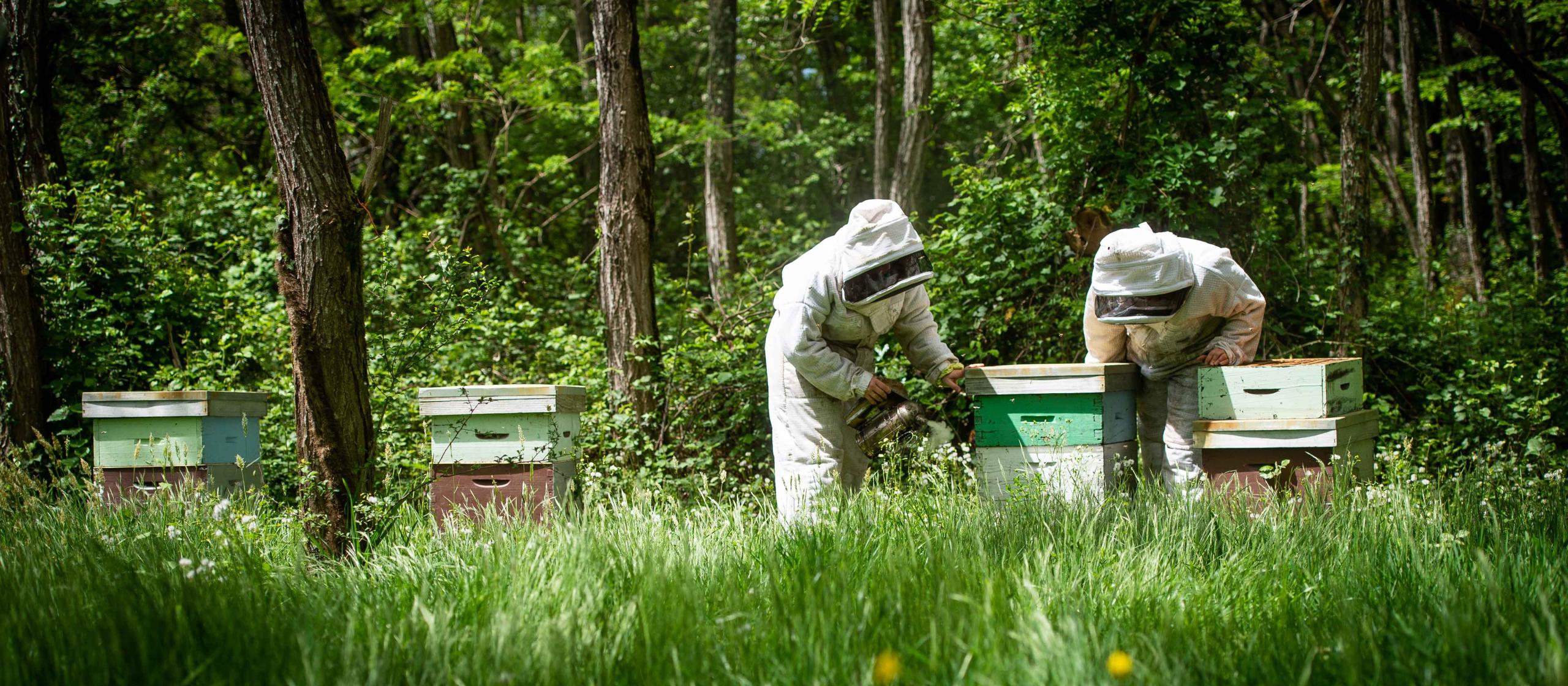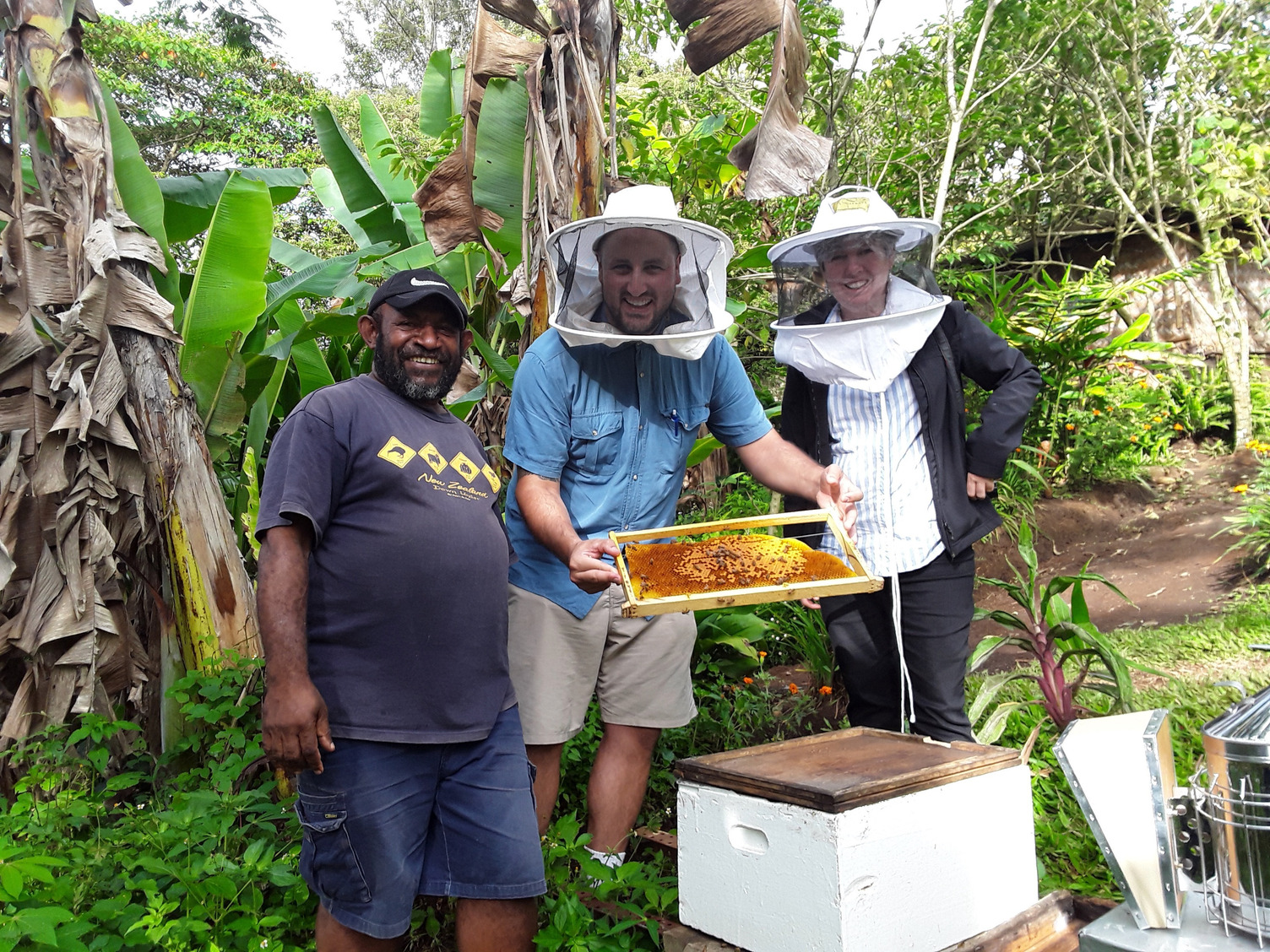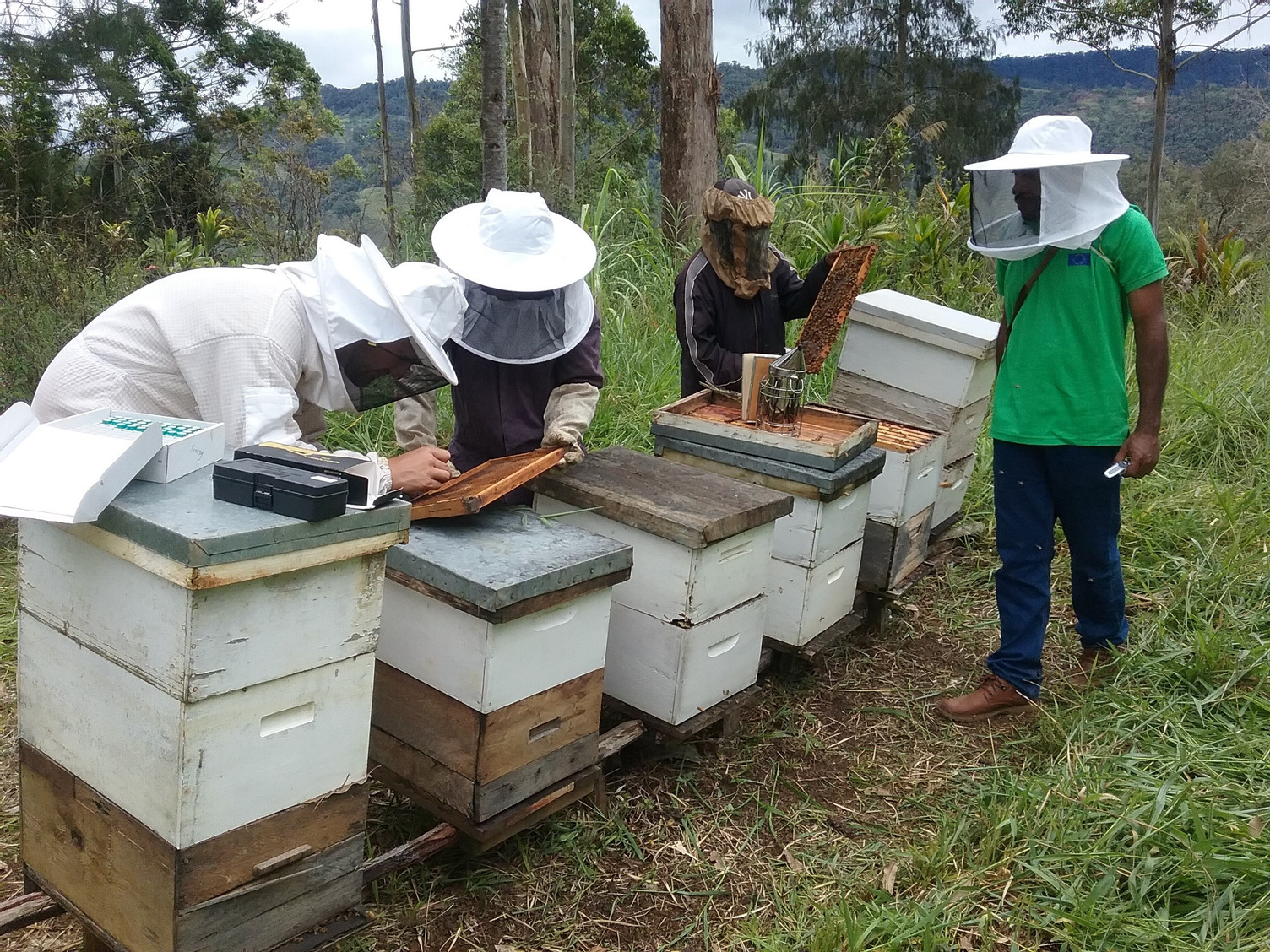- HomeHome
-
About ACIAR
- Our work
- Our people
-
Corporate information
- ACIAR Audit Committee
- Commission for International Agricultural Research
- Policy Advisory Council
- Agency reviews
- Executive remuneration disclosure
- Freedom of information (FOI)
- Gifts and benefits register
- Information publication scheme
- List of new agency files
- Contracts
- Legal services expenditure
- Privacy impact assessment register
- Commonwealth Child Safe Framework
- Benefits to Australia
- Careers
- 40 years of ACIAR
-
What we do
- Programs
- Cross-cutting areas
- Resources
- Where we work
-
Funding
- Research projects
- Fellowships
-
Scholarships
- John Allwright FellowshipScholarships to study in Australia for ACIAR partner country scientists to have Australian postgraduate qualifications
- ACIAR Pacific Agriculture Scholarships and Support and Climate Resilience Program
- Alumni Research Support Facility
- Publications
- News and Outreach
Date released
20 May 2021
Bees are food security’s unsung heroes. With more than 75% of the world’s food crops and 35% of global agricultural land depending on pollination, bees and other pollinating animals form a critical link in the global food chain.
Pollinators are even more fundamental to biodiversity, with nearly 90% of the world’s wild flowering plant species depending, entirely, or at least in part, on animal pollination. In turn, these plants are an essential source of pollen for honeybees, helping ensure healthy hives and honey production.
But despite their vital importance to the wellbeing of our planet, bees are under threat.
The United Nations estimate that extinction rates of invertebrate pollinators are drastically increased from human impact. Intensive farming practices, changing land usage, mono-cropping, pesticides, and higher temperatures associated with climate change all pose serious problems for bee populations and, by extension, the quality of food we grow.
In Papua New Guinea (PNG) and across the Pacific, beekeeping has been in decline for decades, both in honey production and uptake by local communities.
But recent ACIAR-supported research has examined how bees and trees can work together in agroforestry systems to improve rural livelihoods and help protect the region’s incredible biodiversity.
Uncovering the secret life of bees
An agroforestry system integrates trees, crops and livestock on the same plot of land, each dependent on the other to thrive while providing environmental benefits and opportunities for local farmers to earn additional income.
But for beekeeping to take its place in an effective agroforestry system, researchers have had to study bee diets to identify pollen sources favoured by bees. Griffith University PhD student Chris Cannizzaro, has been able to do just that.
Working with researchers from the National Agriculture Research Institute (NARI) and Helping Hands Honey Producers, Mr Cannizzaro has been able to identify which plants bees favour in the Eastern Highlands of PNG. They have found that a significant pollen source for bees is certain commercial hardwood species and rainforest trees common in the province.
The findings make a strong argument for conservation efforts of these tree species, including for commercial hardwoods, thanks to the potential new income stream now available to local farmers from improved honey production.
‘This is evidence for landowners who have forest in remote areas. It shows that they can make money multiple times a year from selling honey indefinitely, instead of selling the timber and cutting it down for a single payment,’ says Mr Cannizzaro.
The study of bee diets was made possible through a regional forestry project that has been working to identify value-added products and environmental benefits from agroforestry systems in the Pacific.
Project leader and Griffith University’s Professor Hellen Wallace is particularly pleased with the opportunities that have been created for communities through the study of bee diets.
‘This project has been exploring ways for smallholders to increase their income from their agroforestry crops and to encourage smallholders to plant trees,’ says Professor Wallace.
‘Tree crops can be integrated into agroforestry systems with other short-term crops such as taro, sweetpotato and banana. For PNG, beekeeping also has the same potential to provide an income for landowners,’ she says.
Innovation opening up new marketing opportunities
Pollen collected by honeybees is mixed with nectar to make bee bread, which is the main source of honeybee food. The exact composition of bee bread varies according to the plants that bees forage on.
But one of the challenges for beekeepers in PNG has been a lack of knowledge on the floral sources of honey and pollen that are attractive to bees and are necessary for healthy hives.
Mr Cannizzaro says using an innovative technology called DNA metabarcoding enables the researchers to take samples from bee bread and determine precisely where bees source their pollen.
‘Each sample of beebread collected is made up of thousands of pollen grains from flowers that bees have visited to collect nectar or pollen. We break the pollen grains open and extract DNA which gives us a code. Each code holds an individual identity of each flower the bees visited,’ says Mr Cannizzaro.
The study indicates that a major source of nectar and pollen for bees are commercial hardwoods, including a major exportable species, Terminalia macrocarpa.
Other sources of nectar and pollen in the bee diets also include common rainforest trees and garden crops like beans, pumpkin, cucumbers, peppers and coffee. Mr Cannizzaro says this in itself is an exciting discovery.
‘There is great potential for marketing to the international market, as PNG honey comes from many unique plant species found nowhere else on earth. These could have potential to have marketing niches globally,’ says Mr Cannizzaro.
A guide for beekeepers
Currently, farmers in PNG who want to get into beekeeping as a source of additional income face difficulties in attending training events, retaining the information and applying it in their apiaries.
Mr Cannizzaro says to help address this; the research team has taken the new-found bee diet knowledge and developed a new guide specifically for local beekeepers.
The book contains easy-to-understand information about the types of plants favoured by bees, maintaining hives and ensuring bees are healthy so they produce lots of honey for sale.
NARI Economist Raywin Ovah has worked closely with Mr Cannizzaro in the study of bee diets. He says the book will be used as part of training for local beekeepers.
‘It is simplified and contains basic information and instructions. The book will also be translated to Tok Pidgin because we want the farmers to use this resource to help them improve their understanding and knowledge of beekeeping,’ he says.
ACIAR-supported forestry research in PNG aims to manage and sustainably use forests for social, economic and environmental benefits. The livestock research program is also supporting improved production and profits for smallholder beekeepers, in PNG and Fiji.





